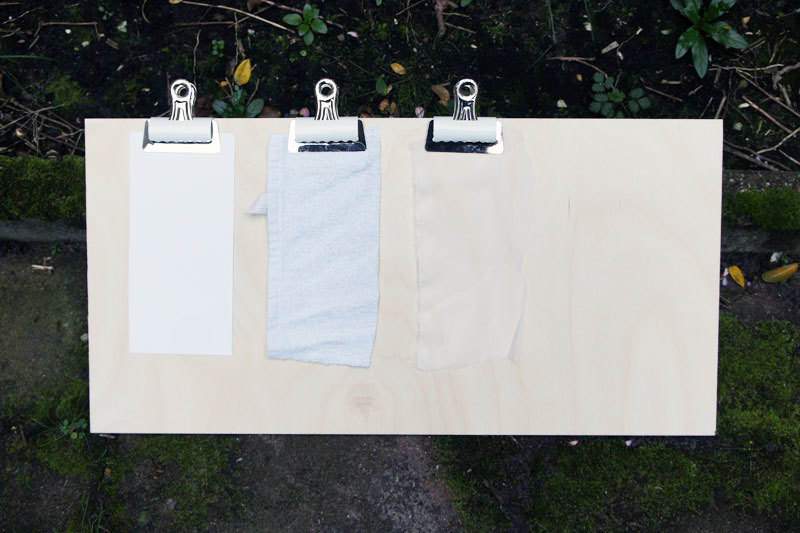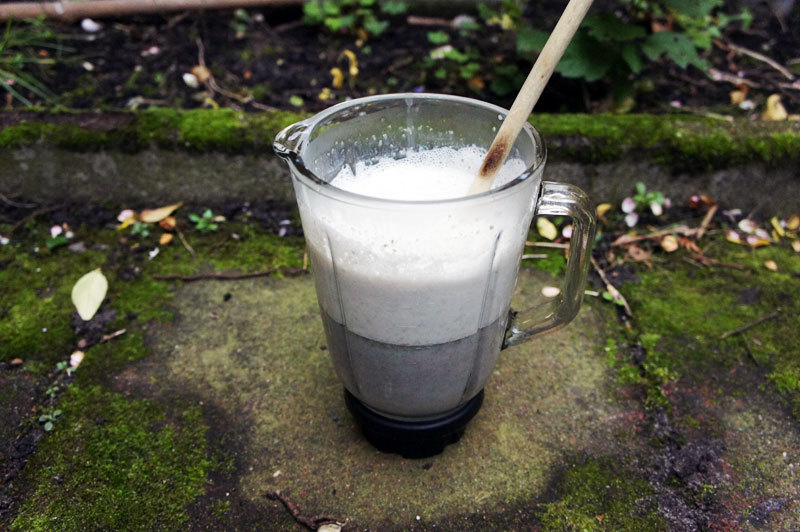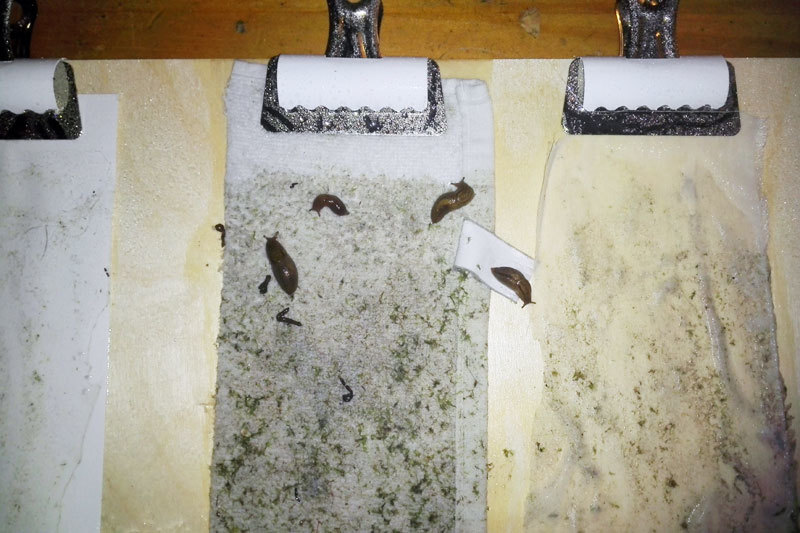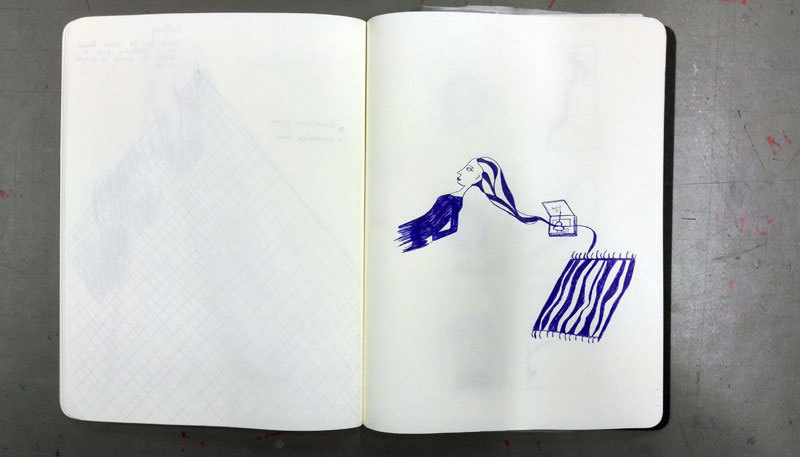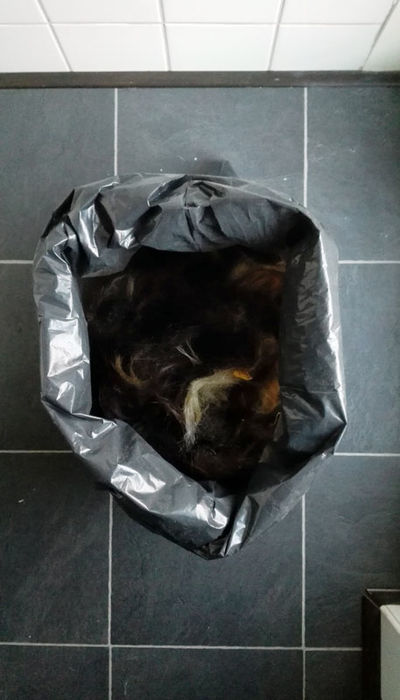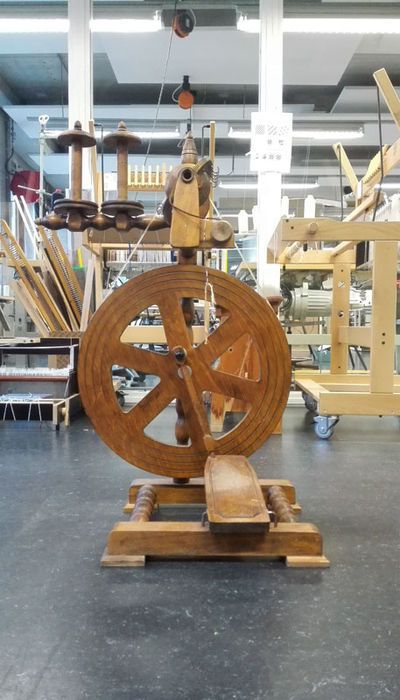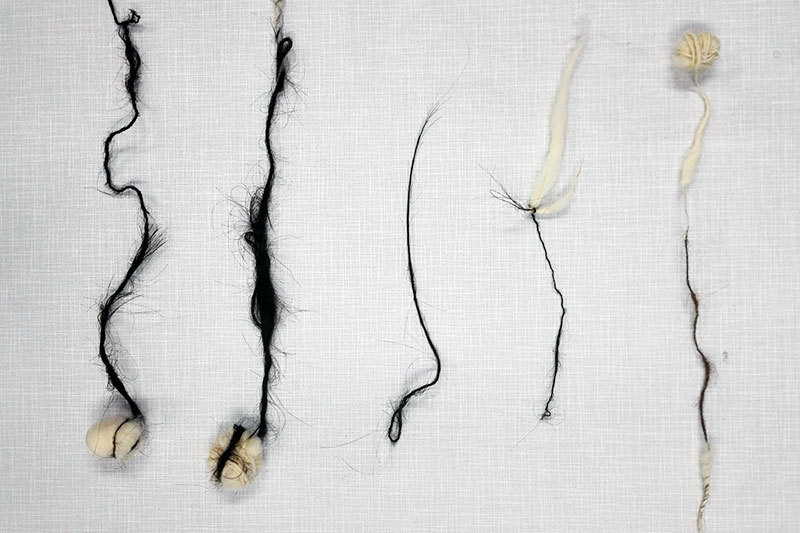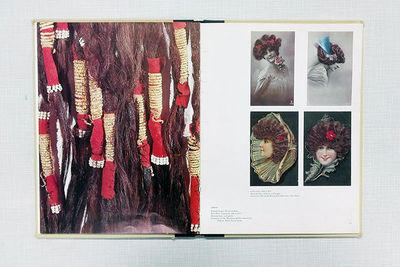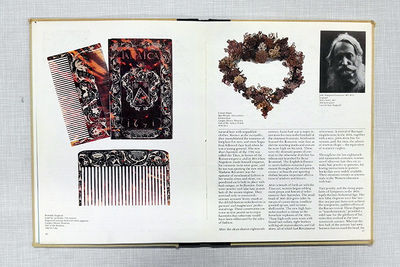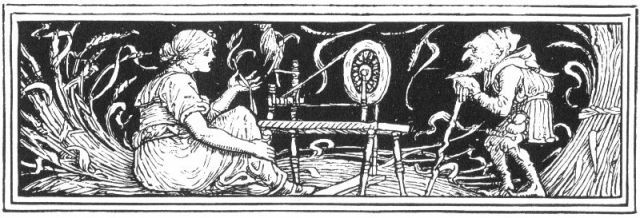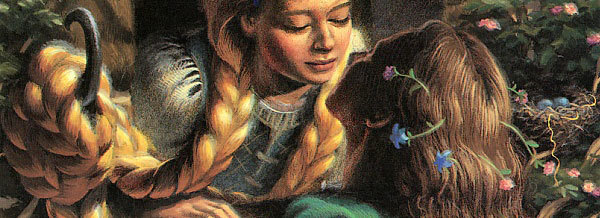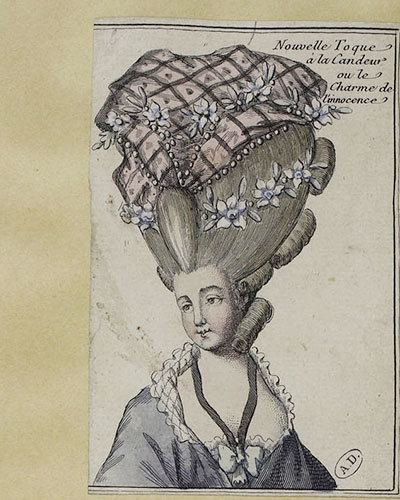User:0862093/Joeke Tools Trade 15 16
Develop a personal tool that transforms your craft in a meaningful way. This tool needs to be relevant to your personal practice and the bigger context of your craft.
MY CRAFT
The essence of my craft is to investigate the characteristics of materials and to make use of transforming, moving characteristics of a material.
I'm moved and astonished by materials that can't be controlled, that live their own live. That's why I'm interested in Bio Design.
Examples of experiments with moving and natural materials.
I'm going to develop a tool that enables other people to see materials the way I see them.
I want to integrate the basics of Bio Design and DIY Bio into my tool.
Being critical about this movement is also important. Bio and nature is getting more and more important, also in design.
Designers involve natural processes in their designs and people are trying to self sufficient. They get their vegetables from their garden, energy from sun panels.
What if we see ourselves as a source, by using 'trash' from ourselves and our life style as a source for materials to create products from?
Is this gross? Realistic?
Which materials can be used for a valuable product? And where are the limits of what people want to do for their products?
MOSS
Moss is a familiar yet special material that grows almost everywhere: on the sidewalks, buildings and gardens.
It can absorb liquids up to 20 times it weight, grows at damp and shady locations and was traditionally used by North American tribals as wound dressing and diapers.
A test to grow moss on textile, paper and wood. After a couple of days nothing changed, except for the slugs:
HAIR
Using my 'body trash' as a resource. Everyday I find a lot of hair in my comb, waiting for the trash can.
What if I developed a tool that will transform this into a usable material?
After a tryout to spin a tread from my own hair, I went by the hairdresser to ask for a bag of hair to make more tests.
I discovered that most of the hair was too soft to be spun in a strong thread. So I edited it with grease.
RESEARCH HAIR
Book: Hair by the Cooper-Hewitt Museum.
'In the history hair design is influenced by religion, superstition, fashion, tradition and is used to
remark rebellion, sacrifice, punishment, age and sexual appeal.
Left image: postcards made with human hair. Right image: jewelry made with human hair:
Fairytales Rumpelstiltskin, about spinning gold from straw, and Rapunzel:
Hair and wigs as 'ranking':
Mythologies. Venuses' long hair is a sign of virginity.
Arachne, who was a talented weaver and spinner who was turned into a spider:
EXTRA INSPIRATION
Feedback during the first class meeting:
Keurdienst van Waarde
Mika Rottenberg
Solid Wool
The Creeping Garden
Camel Hair Art
Horse Hair Weaving
Perfume
One Sheep Sweater
What are the possibilities?
Combining it with other fibers, integrate it in a product without it being visible, weaving, felting...
A tool for human hair is already a conceptual, non practical tool. Discussion about DIY bio movement, but also the way food and products are produced.
Making a tool(kit) that enables others to use their hair. Or, develop a personal tool.
Giving a 'face' to the materials used for a product.
